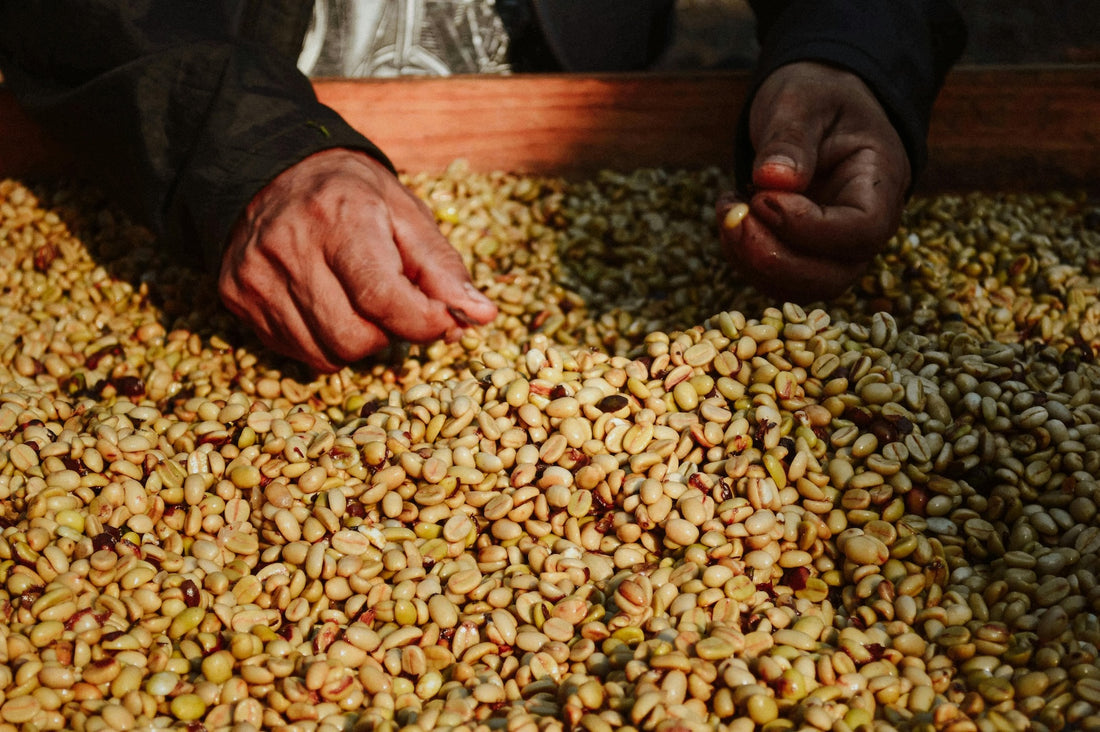Coffee is more than just a morning ritual; it’s a complex beverage that tells a story of its origins. One of the key elements that shape this narrative is **terroir**—a French term traditionally used in winemaking, referring to the unique environmental factors that influence a crop’s characteristics. In the world of coffee, terroir encompasses the soil, climate, altitude, and farming practices that together create the flavors we experience in our cup. Let’s delve into how these elements interact to craft the distinctive taste of coffee.
1. Soil: The Foundation of Flavor
The journey of coffee begins in the soil. Different types of soil contain varying minerals and organic materials, which directly influence the flavor profile of coffee beans. For instance, volcanic soils, rich in nutrients, often produce beans with bright acidity and complex flavor notes. Conversely, sandy or clay-heavy soils might yield coffee with more straightforward or earthy flavors. The interaction between the soil composition and the coffee plant's roots is crucial for nutrient absorption, ultimately impacting the beans' development and flavor.
2. Climate: The Influencer
Climate plays a significant role in coffee cultivation. Ideal conditions for coffee include stable temperatures, sufficient rainfall, and humidity levels that promote healthy growth. Temperature variations can affect the rate at which coffee cherries ripen. For instance, cooler climates often lead to a slower maturation process, allowing for more complex flavors to develop within the cherries. This is why coffee grown in high-altitude regions tends to have a richer and more vibrant profile compared to beans grown in lower, warmer areas.
3. Altitude: The Flavor Elevation
Altitude is a game-changer in coffee production. As coffee is typically grown in mountainous regions, elevation affects not only temperature but also oxygen levels and sunlight exposure. Higher altitudes lead to denser beans, which often develop more sugars and acids, resulting in a brighter, more nuanced cup of coffee. For example, coffees from regions like Ethiopia and Colombia, grown at high elevations, are known for their floral notes and lively acidity, while lower-altitude coffees may exhibit heavier, less complex flavors.
4. Microclimates: Localized Flavor Profiles
Within broader coffee-growing regions, microclimates can create unique conditions that further shape flavor. Factors like proximity to water sources, surrounding vegetation, and specific terrain can lead to variations even within a single farm. A farm situated in a valley may experience different rainfall patterns than one on a hillside, affecting the ripening of coffee cherries. These localized conditions can enhance specific flavor traits, adding layers of complexity to the coffee.
5. Farming Practices: Crafting the Final Flavor
The way coffee is cultivated and processed significantly impacts its flavor. Local farming practices, including how the coffee is harvested, processed, and dried, can lead to different outcomes. For instance, washed coffee processing, which involves removing the cherry's outer fruit layer before fermentation, typically results in a cleaner, more acidic cup. In contrast, natural processing, where cherries are dried whole, often yields fruitier and more complex flavors. Sustainable farming practices also contribute to healthier plants and richer flavors, as they promote biodiversity and environmental balance.
6. Coffee Varietals: The Flavor Spectrum
While terroir is crucial, the specific coffee varietal also plays an important role in flavor development. Different coffee species and cultivars have unique flavor profiles and growth requirements. Arabica beans, for example, are known for their sweetness and complexity, thriving in higher altitudes and cooler climates. Robusta beans, being hardier, are often grown in lower elevations and tend to have a stronger, more bitter taste. The interaction between varietals and terroir further enhances the diverse flavor landscape of coffee.
Terroir profoundly influences the flavor of coffee, making each cup a reflection of its origins. The unique combination of soil, climate, altitude, microclimates, and farming practices all work together to create the diverse range of flavors we enjoy. So, the next time you savor your coffee, take a moment to appreciate the intricate journey it has taken—from the soil it grew in to the hands that harvested it. Each sip is a celebration of the land and the care that went into producing it, making coffee not just a beverage, but a true experience of place.

